Gazing north on Queen’s Park Crescent in 1930. To the north of the museum is the Park Plaza Hotel. Toronto Archives, Fonds 1244, Item 3058.
My earliest memories of the Royal Ontario Museum date from the 1940s, when my father took my brother and me downtown to view a parade on University Avenue. When it started to rain, he decided that we should go into the museum. I was a young boy at the time, and the dinosaurs, the Egyptian mummy, and the mounted animals in the natural history section fascinated me. The other item that I vividly remember from this visit is the tall totem pole in one of the stairwells. From the basement level, it towered skyward to near the roof. Today, these same exhibits thrill children and adults alike.
The Royal Ontario Museum has a history that spans over a century. It began in the early 20th century, at a time when Toronto was growing rapidly and the need for a world-class museum was clearly evident. A small group of influential people sought funding from the Ontario Government and the University of Toronto. As a result of their efforts, the Ontario Legislature passed The ROM Act on April 16, 1912, and the long history of this venerable institution commenced.
The facade of the new museum was to face Philosophers’ Walk, near the intersection of Bloor and Queen’s Park Avenue. The architects for the building were Darling and Pearson. The walls of the structure were covered with pale chalk-coloured bricks and terracotta. The entrance was on the north side, facing Bloor Street. It was officially opened on March 19, 1914, by the Duke of Connaught, Canada’s governor general.
An addition was added to the museum 19 years later, opening on October 12, 1933. The original section of the museum became the west wing. The addition faced Queen’s Park Crescent, the building occupying the southwest corner of Bloor West and Queen’s Park Crescent. Its walls were faced with pale-yellow bricks and Ontario limestone. The architects were Chapman and Oxley, who chose the Beau-Arts style, with richly detailed classical symbols. The main entrance was on Queen’s Park Crescent, the combined structures creating a U-shaped building.
In 1967, the museum severed its connection with the University of Toronto and became a separate entity. The ROM, as most people refer to it today, was renovated in 1984, at a cost of $55 million. It was officially reopened by Queen Elizabeth II. The next major change to the museum occurred in 2007, when another wing was added, named the Michael Lee-Chin Crystal, at a cost of $320 million. Its architect the world famous Daniel Libeskind, who relocated the main entrance to Bloor Street. The museum has in its possession 6 million artefacts and attracts visitors from all over the world, as well as those living in Toronto and the surrounding area.
The original Royal Ontario Museum, facing Philosophers’ Walk, in 1913. Toronto Archives, F.1244, It.3046 (1)
The museum facing Philosophers’ Walk on October 15, 1929. Today, it is the west wing of the ROM. Toronto Archives S0071, It. 7253 (1)
The 1933 addition to the ROM, facing Queen’s Park Crescent, photo taken the year it opened. The street in front of the museum is considerably narrower than it is today. Toronto Archives, F1244, It. 1140 (1)
Main entrance to the ROM, facing Queen’s Park Crescent. The photo was taken in 1935. Toronto Archives, F1244, It. 0683 (1)
The same entrance to the museum in 2012, after the entrance was relocated to Bloor Street West.
The east facade of the ROM, facing Queen’s Park Crescent on May 28, 2015.
View gazes west on Bloor Street, the 1933 addition to the ROM visible, as well as the Michael Lee-Chin Crystal.
The Michael Lee-Chin Crystal facing Bloor Street. May 28, 2015.
Entrance to the ROM on Bloor Street, in the Michael Lee-Chin Crystal, May 28, 2015.
The court on the ground-floor level, inside the Michael Lee-Chin Crystal, May 2015.
To view the Home Page for this blog: https://tayloronhistory.com/
To view previous blogs about movie houses of Toronto—historic and modern
Recent publication entitled “Toronto’s Theatres and the Golden Age of the Silver Screen,” by the author of this blog. The publication explores 50 of Toronto’s old theatres and contains over 80 archival photographs of the facades, marquees and interiors of the theatres. It relates anecdotes and stories of the author and others who experienced these grand old movie houses.
To place an order for this book:
Book also available in Chapter/Indigo, the Bell Lightbox Book Store and by phoning University of Toronto Press, Distribution: 416-667-7791
Theatres Included in the Book:
Chapter One – The Early Years—Nickelodeons and the First Theatres in Toronto
Theatorium (Red Mill) Theatre—Toronto’s First Movie Experience and First Permanent Movie Theatre, Auditorium (Avenue, PIckford), Colonial Theatre (the Bay), the Photodrome, Revue Theatre, Picture Palace (Royal George), Big Nickel (National, Rio), Madison Theatre (Midtown, Capri, Eden, Bloor Cinema, Bloor Street Hot Docs), Theatre Without a Name (Pastime, Prince Edward, Fox)
Chapter Two – The Great Movie Palaces – The End of the Nickelodeons
Loew’s Yonge Street (Elgin/Winter Garden), Shea’s Hippodrome, The Allen (Tivoli), Pantages (Imperial, Imperial Six, Ed Mirvish), Loew’s Uptown
Chapter Three – Smaller Theatres in the pre-1920s and 1920s
Oakwood, Broadway, Carlton on Parliament Street, Victory on Yonge Street (Embassy, Astor, Showcase, Federal, New Yorker, Panasonic), Allan’s Danforth (Century, Titania, Music Hall), Parkdale, Alhambra (Baronet, Eve), St. Clair, Standard (Strand, Victory, Golden Harvest), Palace, Bedford (Park), Hudson (Mount Pleasant), Belsize (Crest, Regent), Runnymede
Chapter Four – Theatres During the 1930s, the Great Depression
Grant ,Hollywood, Oriole (Cinema, International Cinema), Eglinton, Casino, Radio City, Paramount, Scarboro, Paradise (Eve’s Paradise), State (Bloordale), Colony, Bellevue
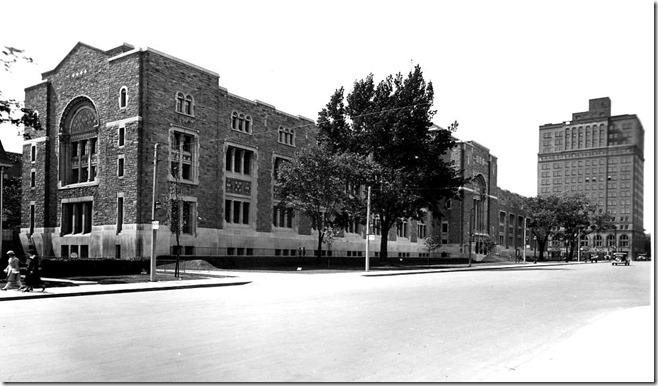
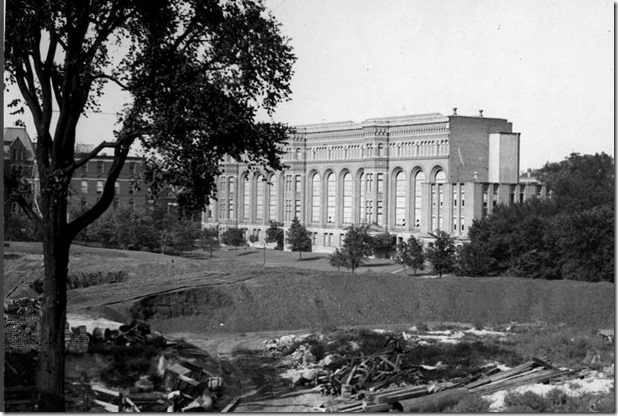
![Oct. 15, 1929--s0071_it7253[1] Oct. 15, 1929--s0071_it7253[1]](https://tayloronhistory.com/wp-content/uploads/2015/05/oct-15-1929-s0071_it72531_thumb1.jpg)
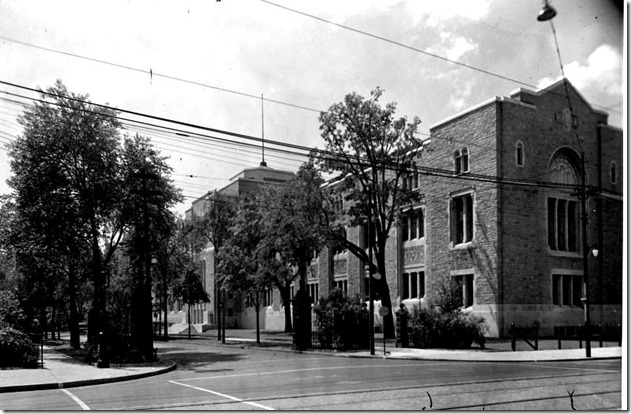
![Aug. 1935. f1231_it0683[1] Aug. 1935. f1231_it0683[1]](https://tayloronhistory.com/wp-content/uploads/2015/05/aug-1935-f1231_it06831_thumb.jpg)
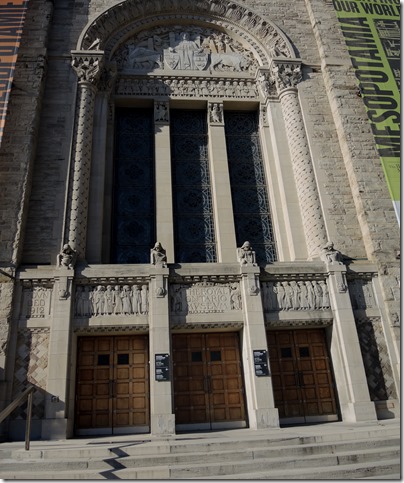
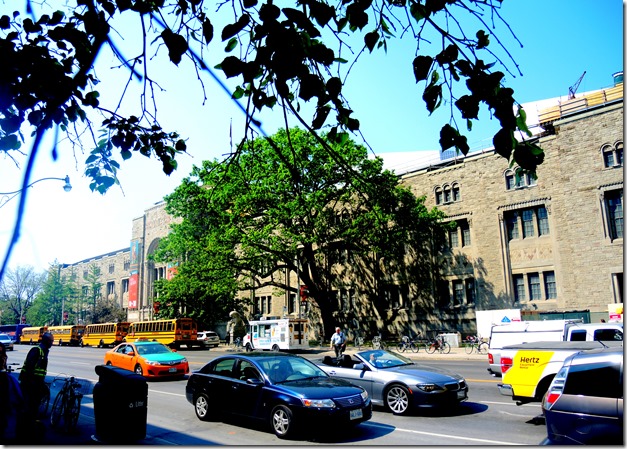
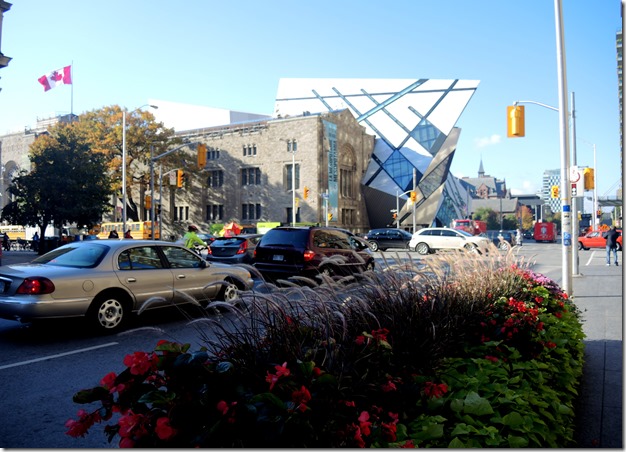
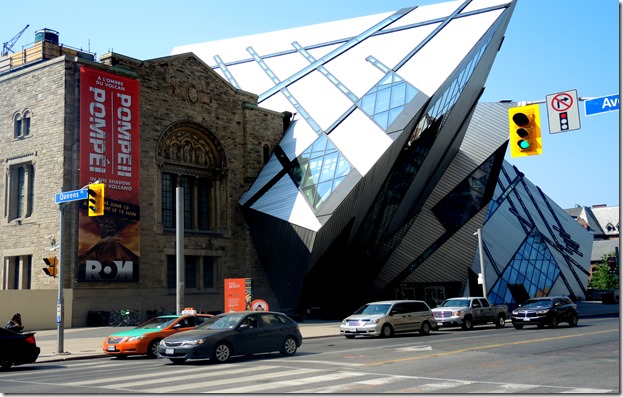
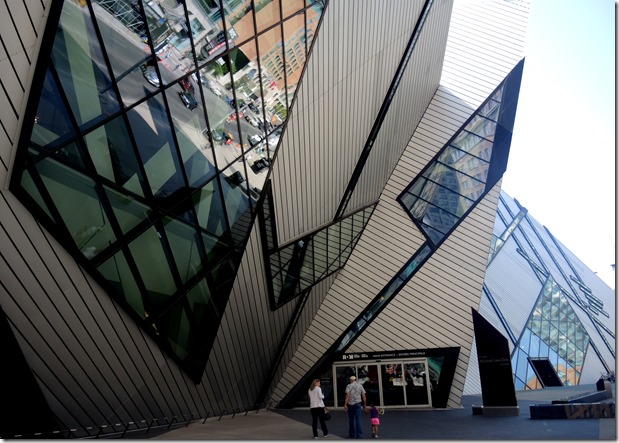
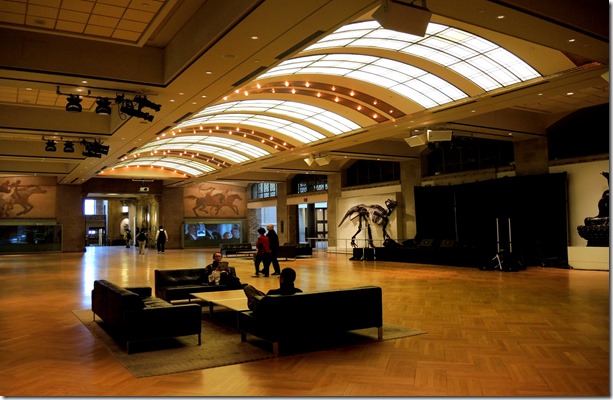
![cid_E474E4F9-11FC-42C9-AAAD-1B66D852[2] cid_E474E4F9-11FC-42C9-AAAD-1B66D852[2]](https://tayloronhistory.com/wp-content/uploads/2015/05/cid_e474e4f9-11fc-42c9-aaad-1b66d8522_thumb12.jpg)

